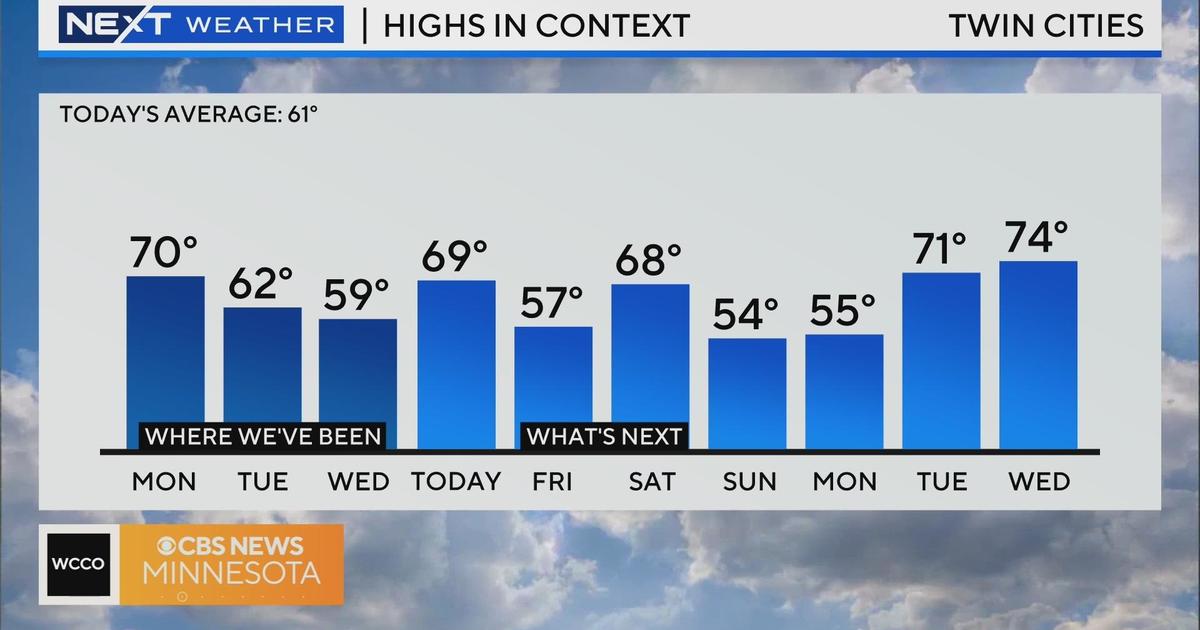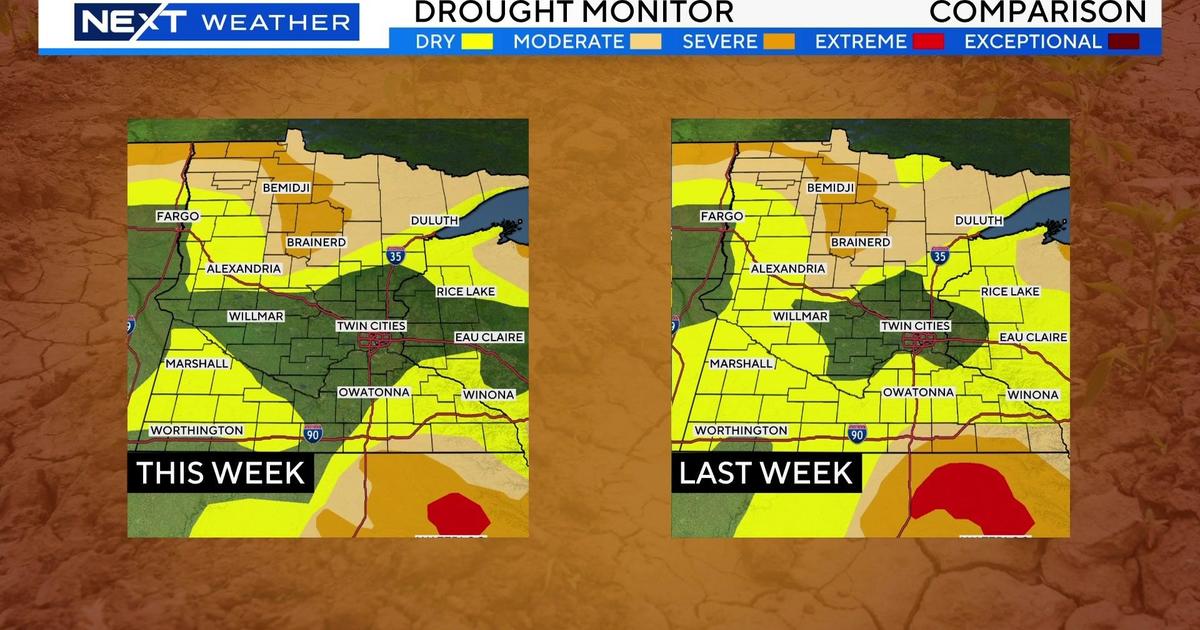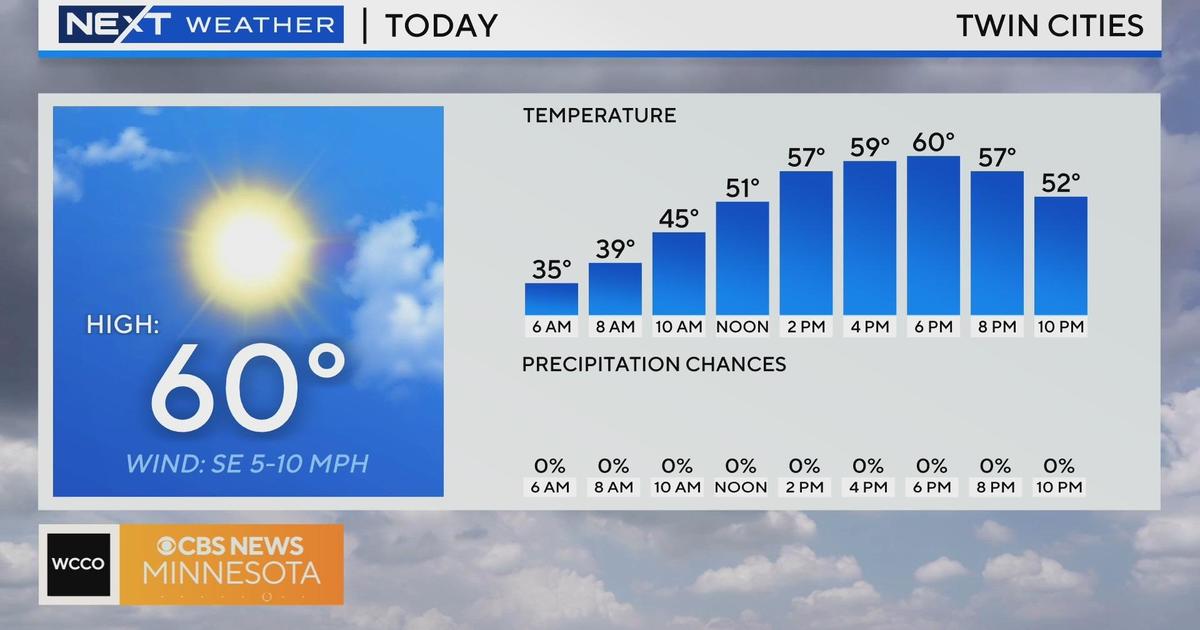Minnesota Weather: Snow Expected During Evening Commute, Chilly Temps Look To Last A While
MINNEAPOLIS (WCCO) – Another round of snow is tracking toward the Twin Cities for Tuesday night and it could impact the evening commute.
Meteorologist Matt Brickman says the system will move along the Interstate 94 corridor Tuesday and arrive in the metro area in the late afternoon. Light snow is expected during the evening commute and into the overnight hours.
There should be just enough snow later today to slow down the afternoon/evening commute. The highest amounts will be north of I-94, where we could see 2-4 inches. Wind will be light so no drifting expected #mnwx #wiwx pic.twitter.com/TubpRGdCeQ
— NWS Twin Cities (@NWSTwinCities) February 26, 2019
Not more than 2 inches of snow is expected to accumulate in the Twin Cities. However, 2 to 3 inches of snow could stack up north of Interstate 90, in north-central Minnesota.
Further east, in northwestern Wisconsin, up to 4 inches of snow could accumulate. The National Weather Service has issued a winter weather advisory for the area, which includes Chisago County in Minnesota.
If the Twin Cities gets just an inch of snow out of this system, it'll bump this record-breaking February into the top 5 snowiest months ever recorded in Minnesota state history.
And the snow and cold aren't going anywhere soon. Friday looks to bring more light snow, and these below-average temperatures look to stick around for a while.
According to the National Weather Service Climate Prediction Center, the first few weeks of March are expected to have a high chance of below average temperatures. Generally during early March, highs in the Twin Cites climb above freezing.
Looking ahead, March looks to come in like a lion this year. A very cold lion. @NWSCPC forecasts a very high likelihood of below normal temperatures for much of the Nation during the first two weeks of the month. pic.twitter.com/AKVCmtYV0W
— NWS (@NWS) February 25, 2019



